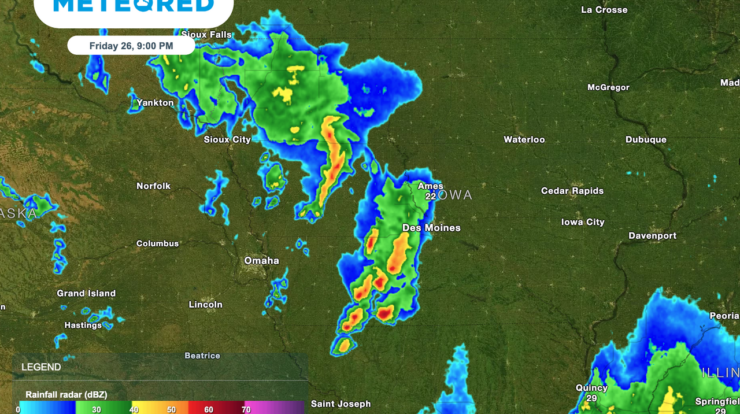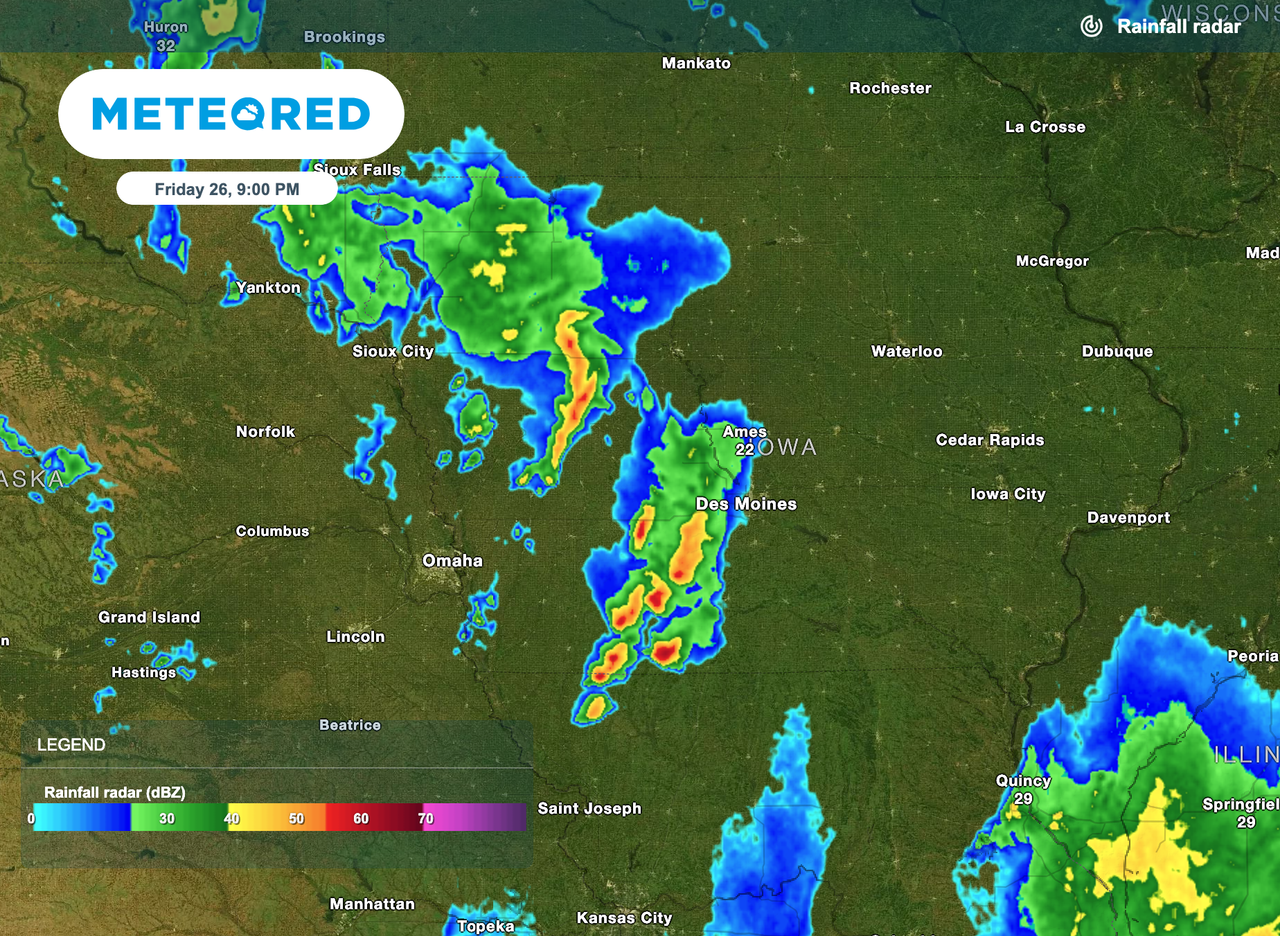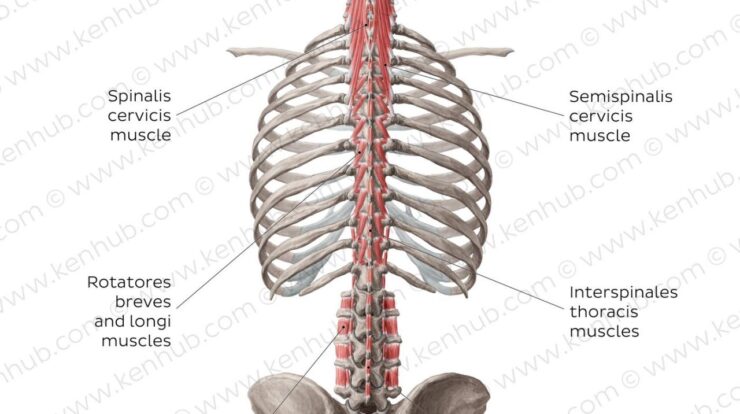
Tornado damage in nebraska – Nebraska has witnessed the devastating force of tornadoes in recent years, leaving behind a trail of destruction that affects communities and infrastructure. This comprehensive report delves into the impact, vulnerability, mitigation, and recovery efforts associated with tornadoes in the state.
The report examines the types and extent of damage caused by tornadoes, including property loss, infrastructure disruption, and environmental degradation. It also identifies the areas most susceptible to tornadoes and the factors contributing to their vulnerability.
Tornado Damage Impact
Tornadoes have become increasingly common in Nebraska in recent years. In 2022, the state experienced 111 tornadoes, the highest number in the country. These tornadoes have caused significant damage, including:
- Property damage: Tornadoes can destroy homes, businesses, and other buildings. In 2022, tornadoes caused an estimated $2 billion in property damage in Nebraska.
- Infrastructure damage: Tornadoes can also damage infrastructure, such as power lines, roads, and bridges. This can disrupt essential services and make it difficult for people to get around.
- Environmental damage: Tornadoes can also cause environmental damage, such as uprooting trees and damaging crops. This can lead to soil erosion and water pollution.
Some of the most significant tornadoes to hit Nebraska in recent years include:
- The Hallam tornado of 2017: This EF-4 tornado caused extensive damage to the town of Hallam, killing two people and injuring dozens more.
- The Pilger tornado of 2014: This EF-4 tornado caused significant damage to the town of Pilger, killing one person and injuring several others.
- The Beatrice tornado of 2019: This EF-3 tornado caused extensive damage to the city of Beatrice, killing one person and injuring several others.
Vulnerability and Risk Assessment

Certain areas of Nebraska are more vulnerable to tornadoes than others. These areas include:
- The eastern part of the state: The eastern part of Nebraska is located in Tornado Alley, a region of the United States that experiences a high number of tornadoes each year.
- Areas with a high population density: Tornadoes are more likely to cause damage in areas with a high population density, as there are more people and buildings that can be affected.
- Areas with weak building codes: Tornadoes are more likely to cause damage in areas with weak building codes, as buildings are not as well-protected against high winds.
There are a number of methods that can be used to assess tornado risk, including:
- Using historical data: Historical data can be used to identify areas that have been hit by tornadoes in the past. This information can be used to create tornado risk maps.
- Using computer models: Computer models can be used to simulate tornado formation and movement. This information can be used to identify areas that are at high risk for tornadoes.
Mitigation and Preparedness: Tornado Damage In Nebraska
There are a number of measures that can be taken to mitigate tornado damage, including:
- Building codes: Building codes can be used to ensure that buildings are built to withstand high winds. This can help to reduce the amount of damage caused by tornadoes.
- Land use planning: Land use planning can be used to identify areas that are at high risk for tornadoes and to restrict development in these areas.
- Public education: Public education can help to increase awareness of the risks of tornadoes and to promote preparedness measures.
It is also important to be prepared for tornadoes. This includes having an emergency plan, assembling an emergency kit, and knowing where to seek shelter.Some examples of successful mitigation and preparedness efforts in Nebraska include:
- The Nebraska Tornado Project: The Nebraska Tornado Project is a research project that is working to develop new methods for predicting and tracking tornadoes. This information can be used to help people to stay safe during tornadoes.
- The Nebraska Emergency Management Agency: The Nebraska Emergency Management Agency provides a variety of resources to help people to prepare for and respond to tornadoes. These resources include information on tornado safety, emergency planning, and disaster assistance.
Recovery and Resilience
Recovering from a tornado can be a challenging process. It is important to have a plan in place for how to deal with the aftermath of a tornado, including how to remove debris, rebuild, and provide financial assistance.Community resilience is also important in the recovery process.
This means working together to help each other rebuild and recover.Some examples of how communities in Nebraska have rebuilt and recovered from tornadoes include:
- The town of Hallam: After the Hallam tornado of 2017, the community came together to rebuild the town. This included rebuilding homes, businesses, and the school.
- The town of Pilger: After the Pilger tornado of 2014, the community came together to rebuild the town. This included rebuilding homes, businesses, and the community center.
- The city of Beatrice: After the Beatrice tornado of 2019, the community came together to rebuild the city. This included rebuilding homes, businesses, and the hospital.
Outcome Summary

Recovering from a tornado is a complex and challenging process, involving debris removal, rebuilding, and financial assistance. This report highlights the importance of community resilience and showcases successful recovery efforts in Nebraska. By understanding the risks and implementing effective mitigation strategies, communities can enhance their preparedness and reduce the devastating impact of future tornadoes.
Essential FAQs
What are the most common types of tornado damage in Nebraska?
Tornadoes in Nebraska can cause significant property damage, including destruction of homes, businesses, and agricultural structures. They can also lead to infrastructure damage, such as downed power lines, damaged roads, and disrupted communication systems.
How can communities assess their tornado risk?
Communities can assess their tornado risk by analyzing historical tornado data, considering factors such as population density, building codes, and land use. They can also use computer models to simulate tornado scenarios and identify vulnerable areas.
What are some effective mitigation strategies for reducing tornado damage?
Effective mitigation strategies include implementing strict building codes, enforcing land use regulations to minimize development in high-risk areas, and conducting public education campaigns to raise awareness about tornado safety.





